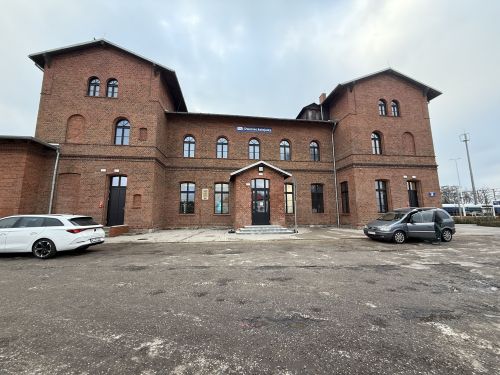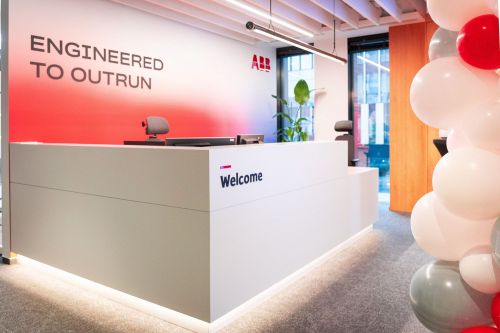An office building is like a woman: it tries to hide its real age as long as possible. And just like a woman it does this in order to remain attractive. However, a woman’s popularity cannot be measured in terms of monetary value, but for an office building it can Emil Górecki There are only a few really old office buildings in our part of Europe. The buildings that have been used for a few dozen years usually do not qualify as professionally prepared offices. The first symptoms of ‘wear and tear’ are already evident after several years of use. Soon some of the wiring and plumbing needs replacing, the installation of additional environmentally-friendly apparatus is required by law, and the façade looks out of fashion. “One of the most important tasks of an office building administrator is to prevent a situation where the tenants might think of the building as old,”






























































